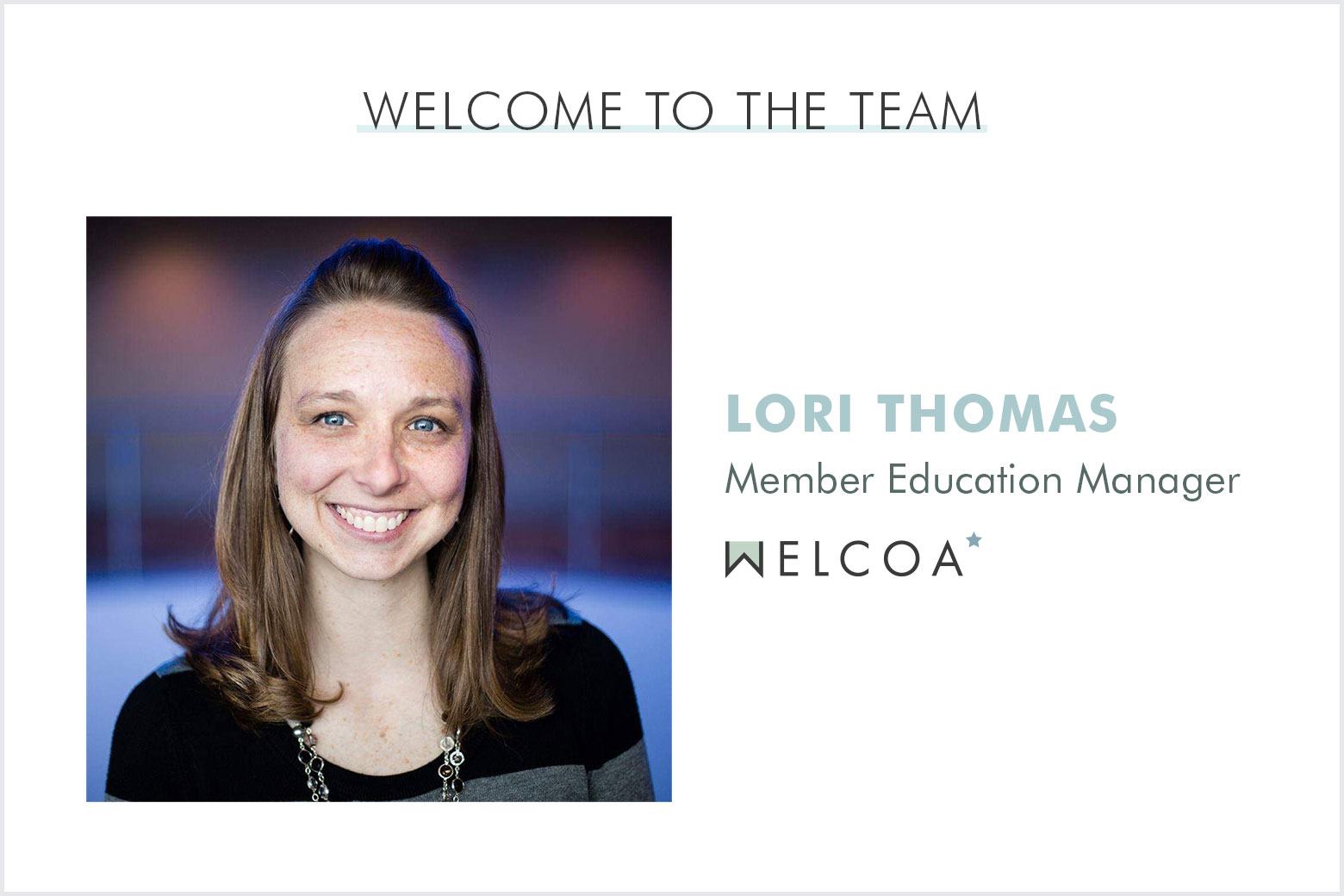During the COVID-19 pandemic, people spent a lot of time isolated and indoors, which helped foster an environment where some people now feel lonelier than ever. The result is a loss of social connectedness—the degree to which people feel the social connections and relationships in their lives to satisfy their wants and needs. When social…
Your Welcoa membership has expired.
Introductory Insights from Well-Being Thought Leader Lori Thomas
I have worn many hats in my career in the well-being field.
I have been a certified personal trainer, health coach and fitness director. I’ve
run internal employee wellness programs working as a health promotion specialist
and wellness coordinator. I’ve been both a broker and a vendor. I have worked with municipalities, large
corporations, small start-ups, family owned businesses, and non-profits. The
combination of these experiences has brought me a unique perspective on
employee experience and wellness.
Throughout my career, I’ve relied on my WELCOA membership to keep me up to date
on hot topics and expose me to new resources. My membership has been an asset
on a deeper level as well. Like many health professionals, I’ve occasionally
felt alone and frustrated professionally.
Those were the times I was most grateful for my WELCOA membership. I bonded
with other members based upon our shared experiences, and was also able to
deliberate and share ideas. These exchanges were monumental in the evolution of
the work we did and in my own career growth.
Today, I am thrilled to be a part of the WELCOA team. I am often asked what I’ve learned along the way, so I wanted to share three key points with you:
- One size does not fit all.
Wellness is something that is individualized. The world is made up of a variety of people with their own needs and preferences. Our job as wellness professionals is to empower people to take control of their own wellness by educating and inspiring them and providing them the resources to do so. - We work with humans, not robots.
Many times I have seen the workplace wellness decision making process be so business-based that we forget that we are working with human-beings that have thoughts, opinions and feelings. A large part of our job is to advocate for those people and help decision makers see the human side of the programming we are designing and implementing.
“Imagine your family member going through this program. What would their experience look like with the way we have designed this? How would it make them feel and how does that make you feel?” These questions have helped me along the way during the design process. - Anything is possible.
As cliché as it sounds, it is true. If you believe in something and work hard at it, you can achieve most anything! Remember to look at things from as many perspectives as possible and think outside the box. Start conversations! The more discussions you have, the more ideas and perspectives you’ll hear to inform your decision making.




